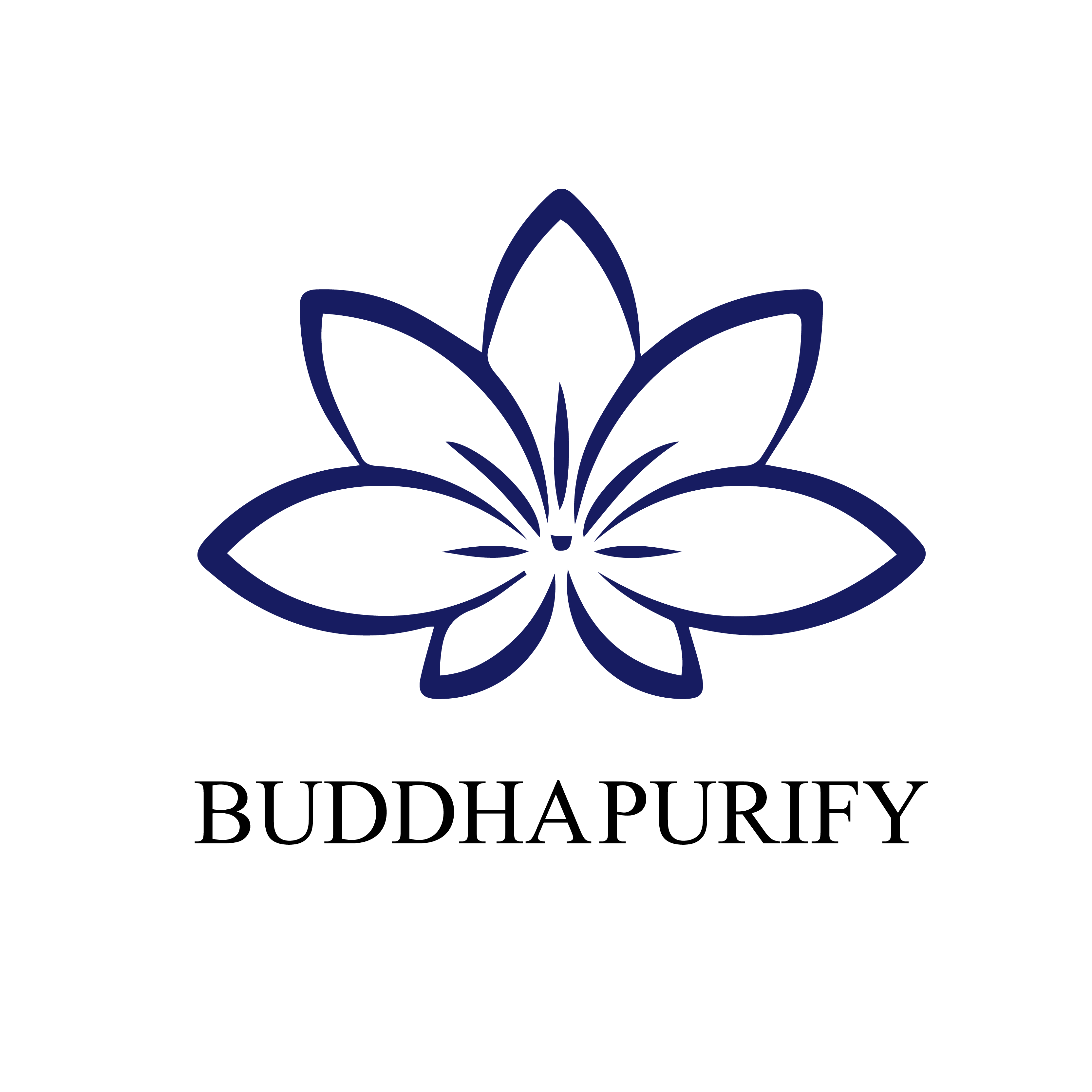China's Four Famous Jades: The Cultural and Historical Significance of Hetian, Lantian, Dushan, and Xiuyan Jade
China's Four Famous Jades—Hetian Jade, Lantian Jade, Dushan Jade, and Xiuyan Jade—each have their own unique characteristics and long history, representing important symbols of Chinese culture. These jades are not only beautiful and precious but also embody rich cultural connotations and historical value.
China’s jade culture has a long and deep-rooted history, where jade has been considered not just a beautiful ornament but an important symbol of Chinese civilization. Among the many types of jade, the Four Famous Jades stand out: Hetian Jade from Xinjiang, Lantian Jade from Shaanxi, Dushan Jade from Henan, and Xiuyan Jade from Liaoning. Each of these jades represents the essence of Chinese jade culture. When I look at these jades, I am always captivated by their beauty and history. Below, I will introduce the characteristics, history, and value of these four famous jades to give you a comprehensive understanding of them.
Overview
Hetian Jade: Semi-transparent, with an oily luster after polishing, it has a hardness between 5.5 and 6.5.
Lantian Jade: One of the earliest jades used in China, with a history of over 5,000 years, dating back to the Neolithic period.
Dushan Jade: Also known as "Nanyang Jade" or "Henan Jade," it comes from Dushan in Nanyang City.
Xiuyan Jade: Named after its primary origin in Xiuyan County, Liaoning Province, it is a serpentine-type soft jade.
Hetian Jade: The National Treasure with a Gentle Luster
Hetian Jade, found in the Kunlun Mountains of Xinjiang, is renowned for its smooth, creamy texture and pure color. It mainly comes in varieties such as white jade, green jade, jasper, and black jade, with white jade and mutton-fat white jade being the most valuable. Hetian Jade has a fine texture and an oily sheen after polishing, with moderate hardness, making it ideal for carving exquisite jade pieces.
- Historical Origin: The mining and use of Hetian Jade can be traced back to the Neolithic period, over several thousand years ago. Ancient emperors regarded Hetian Jade as a treasure, using it to create seals, jade artifacts, and decorations.
- Cultural Significance: Hetian Jade holds an important place in Chinese culture and is known as the "National Jade." It symbolizes purity, nobility, and resilience, embodying the spirit of the Chinese nation.
- Economic Value: The value of Hetian Jade depends primarily on its color, texture, and purity. High-quality Hetian Jade is expensive and has significant collectible value.
The main varieties include:
- White Jade: Composed of over 95% tremolite, this type is pure white with a fine texture and an oily luster, making it one of the best types of Hetian Jade.
- Mutton-Fat White Jade: The finest type of white jade, with over 99% tremolite, it has a lustrous, greasy sheen resembling mutton fat. Its economic value is several times that of white jade.
- Green-White Jade: Similar in texture to white jade but with a faint greenish tint. It is considered third-grade jade in Hetian varieties, with slightly lower economic value.
- Green Jade: A light green jade with a waxy luster, it is abundant and was commonly used in ancient jade carving.
- Yellow Jade: A rare variety formed by iron oxide infiltration into white jade, its deep yellow hues make it more valuable than mutton-fat white jade.
- Sugar Jade: Characterized by red oxidation layers, it often occurs with white jade, creating two-tone materials used in creative jade carvings.
- Black Jade: Formed by the inclusion of graphite or magnetite, it often has black streaks and patches, creating dramatic patterns suitable for carved ornaments.
- Jasper: Also known as Tian Shan Jasper, it is typically dark green with black flecks and is often used to create mid-range jade artifacts.
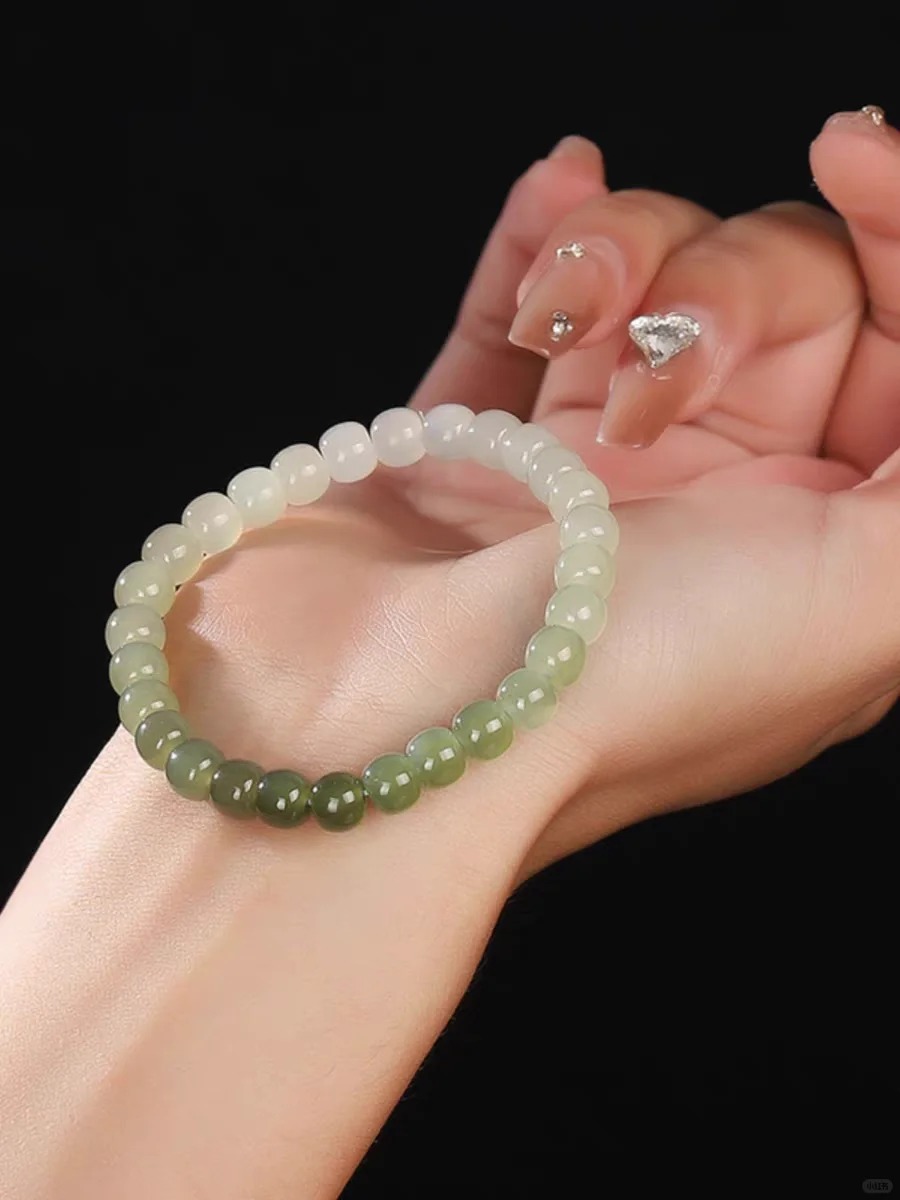
Lantian Jade: The Ancient King of Jade
Lantian Jade, mined in Lantian County, Shaanxi Province, is one of the earliest jade varieties used in China, with a history of over 5,000 years. Lantian Jade comes in a variety of colors, including white, beige, and green, with a fine texture and soft sheen.
- Historical Origin: The mining and use of Lantian Jade can be traced back to the Neolithic period. Ancient emperors regarded it as a treasure, using it to craft seals, jade artifacts, and decorations.
- Cultural Significance: Known as the "Jade of Lantian," it symbolizes nobility, purity, and resilience, echoing the spirit of the Chinese people.
- Economic Value: The value of Lantian Jade depends on its color, texture, and purity. High-quality Lantian Jade is expensive and highly collectible.
It is commonly found in varieties such as:
- Emerald, ink jade, multicolored jade, Han white jade, and yellow jade. It often has a mottled appearance, and due to the inclusion of elements like silicon, aluminum, magnesium, sodium, and copper, Lantian Jade often has mixed colors, making it a prized material for jade carving.
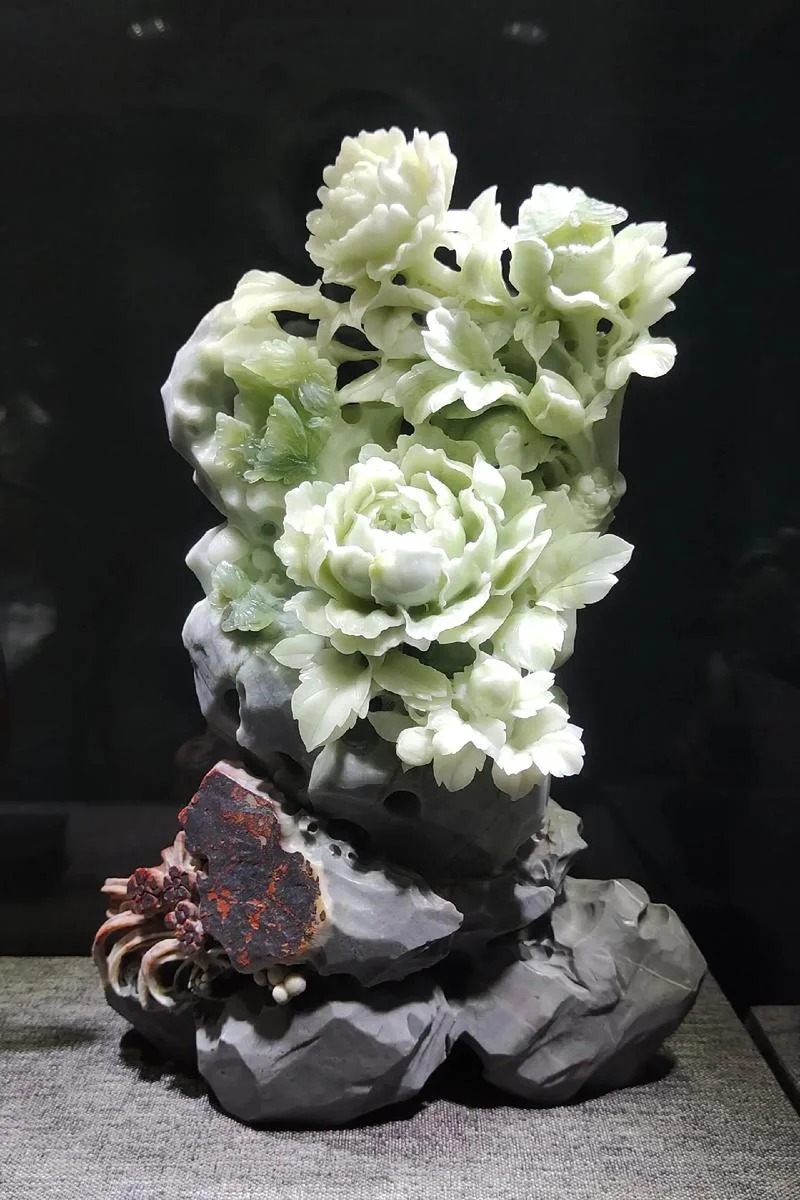
Dushan Jade: The Colorful Treasure
Dushan Jade, found in Nanyang City, Henan Province, is a uniquely Chinese jade variety. It comes in many colors, including green, white, yellow, purple, and red, with a tough texture and a translucent glow. Its high hardness makes it suitable for carving intricate jade artifacts.
- Historical Origin: The mining and use of Dushan Jade date back to the Neolithic period, over 5,000 years ago. Ancient emperors treasured it for crafting seals, jade artifacts, and ornaments.
- Cultural Significance: Known as "Nanyang Jade," Dushan Jade represents nobility, purity, and resilience, reflecting the spirit of the Chinese people.
- Economic Value: Its value depends on color, texture, and purity, with high-quality Dushan Jade being expensive and highly collectible.
Key varieties include:
- Green Dushan Jade: Resembling jadeite, it is emerald green and translucent.
- Red Dushan Jade: Also known as "blush red," it has a rosy pink hue with fine texture and is highly prized for its vibrant color.
- White Dushan Jade: A translucent white variety, it has an oily luster and includes types such as creamy white and transparent white jade.
- Purple Dushan Jade: Dark purple in color with low transparency.
- Yellow Dushan Jade: Yellow-green or yellowish in color, it has a slightly lower transparency than other varieties.
- Black Dushan Jade: Also called "ink jade," this variety is deep black in color.
- Multicolored Dushan Jade: A mix of various colors, including ochre and reddish tones.
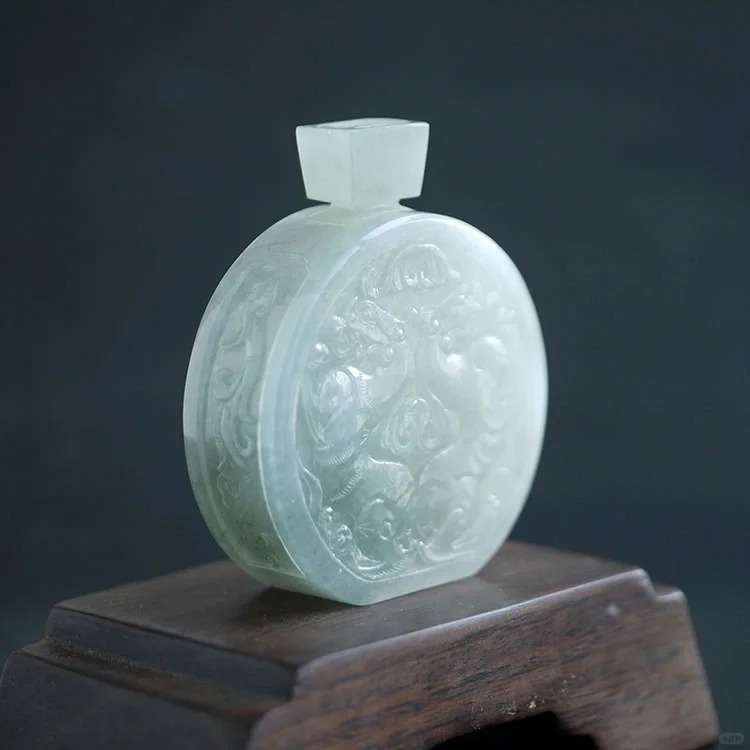
Xiuyan Jade: The Serpentine Beauty
Xiuyan Jade, mined in Xiuyan County, Liaoning Province, is one of China's four famous jades. It comes in a variety of colors, including green, white, and yellow, with a smooth texture and a soft sheen. Xiuyan Jade's moderate hardness makes it ideal for carving intricate jade artifacts.
- Historical Origin: The mining and use of Xiuyan Jade can be traced back to the Neolithic period, over several thousand years ago. Ancient emperors regarded it as a treasure, using it to create seals, jade artifacts, and decorations.
- Cultural Significance: Known as "Xiuyan Jade," it symbolizes nobility, purity, and resilience, reflecting the spirit of the Chinese people.
- Economic Value: The value of Xiuyan Jade depends on its color, texture, and purity. High-quality Xiuyan Jade is expensive and highly collectible.
Major varieties include:
- Serpentine Jade from Jiuquan: Found in Gansu Province, it often has black spots on the surface.
- Serpentine Jade from Xinyi: Found in Xinyi County, Guangdong Province, with greenish patterns of varying shades.
- Serpentine Jade from Lucuan: Found in Guangxi Province, with light white patterns on the surface.
- Serpentine Jade from Taiwan: Mined in Hualien County, Taiwan, with dark green stripes on the surface.
Xiuyan Jade is one of the earliest discovered and used jade varieties in China. It has been cherished for thousands of years, from ancient jade artifacts to modern masterpieces considered national treasures.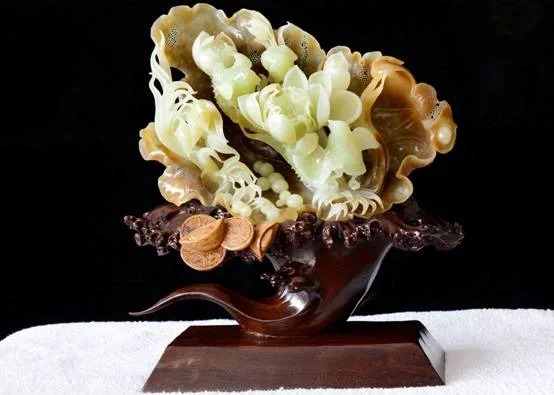
Brand Introduction: BuddhaPurify
BuddhaPurify is a brand deeply rooted in the rich heritage of Chinese traditional culture and Buddhist practices. Our mission is to offer a unique blend of ancient wisdom and modern elegance through our products, which are designed to enhance spiritual well-being, personal growth, and holistic health.
Foundation and Philosophy
Inspired by the timeless teachings of Buddhism and the profound traditions of Chinese culture, BuddhaPurify is dedicated to providing products that reflect the serene and enlightened aspects of these ancient philosophies. Our brand is built on the principles of mindfulness, purity, and spiritual harmony, aiming to bring balance and tranquility to our customers' lives.
Cultural Enrichment
We believe in the power of cultural enrichment and strive to educate and inspire our customers through the stories and meanings behind our products. Our brand seeks to bridge the gap between traditional spiritual practices and contemporary life, offering products that resonate with both ancient wisdom and modern sensibilities.
Conclusion
BuddhaPurify is more than just a brand; it is a journey into the heart of Chinese traditional culture and Buddhist spirituality. Through our thoughtfully curated products, we aim to support your quest for inner peace, spiritual growth, and a balanced life. Explore our collection and experience the harmonious blend of tradition and tranquility that defines BuddhaPurify.